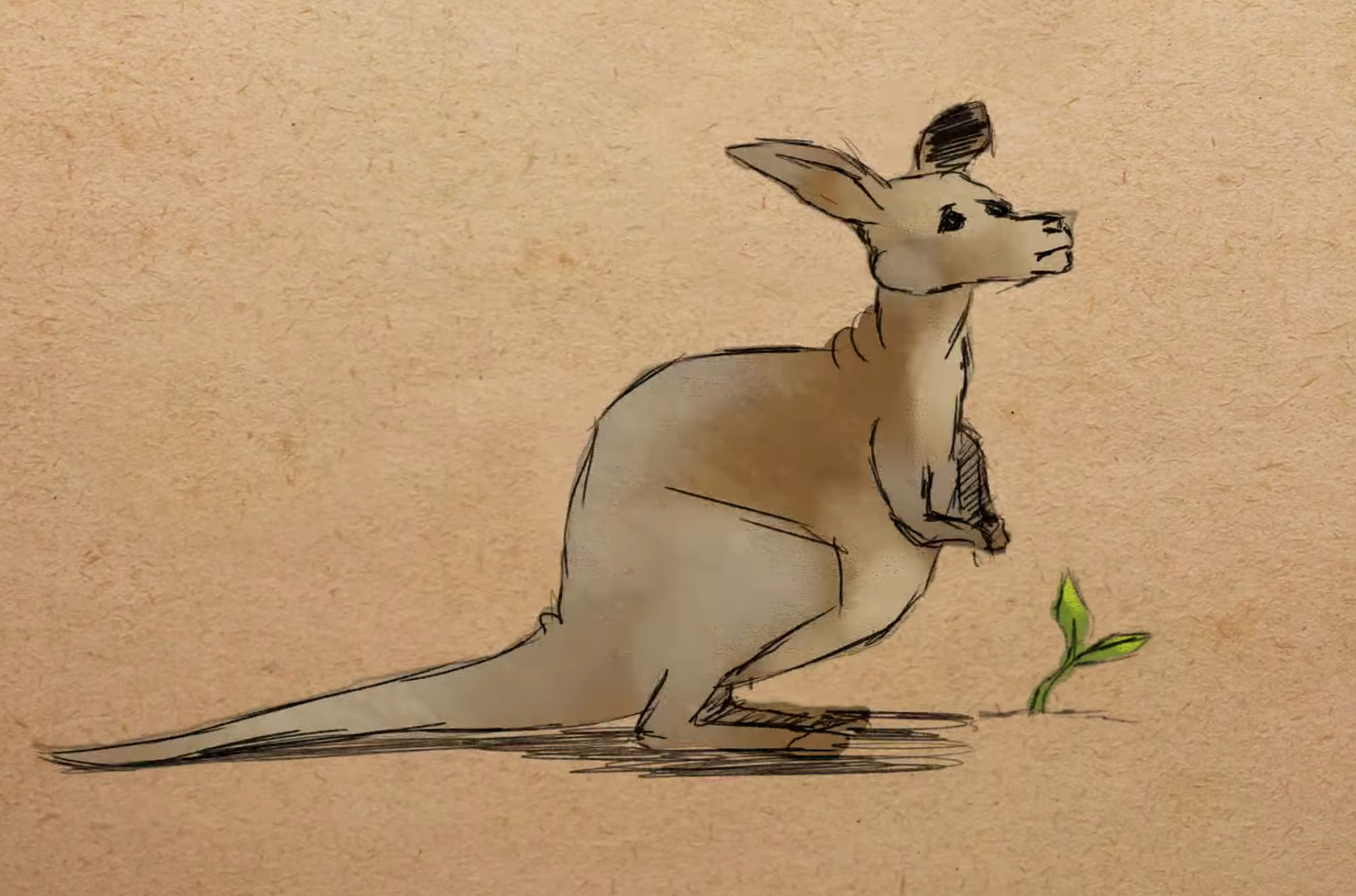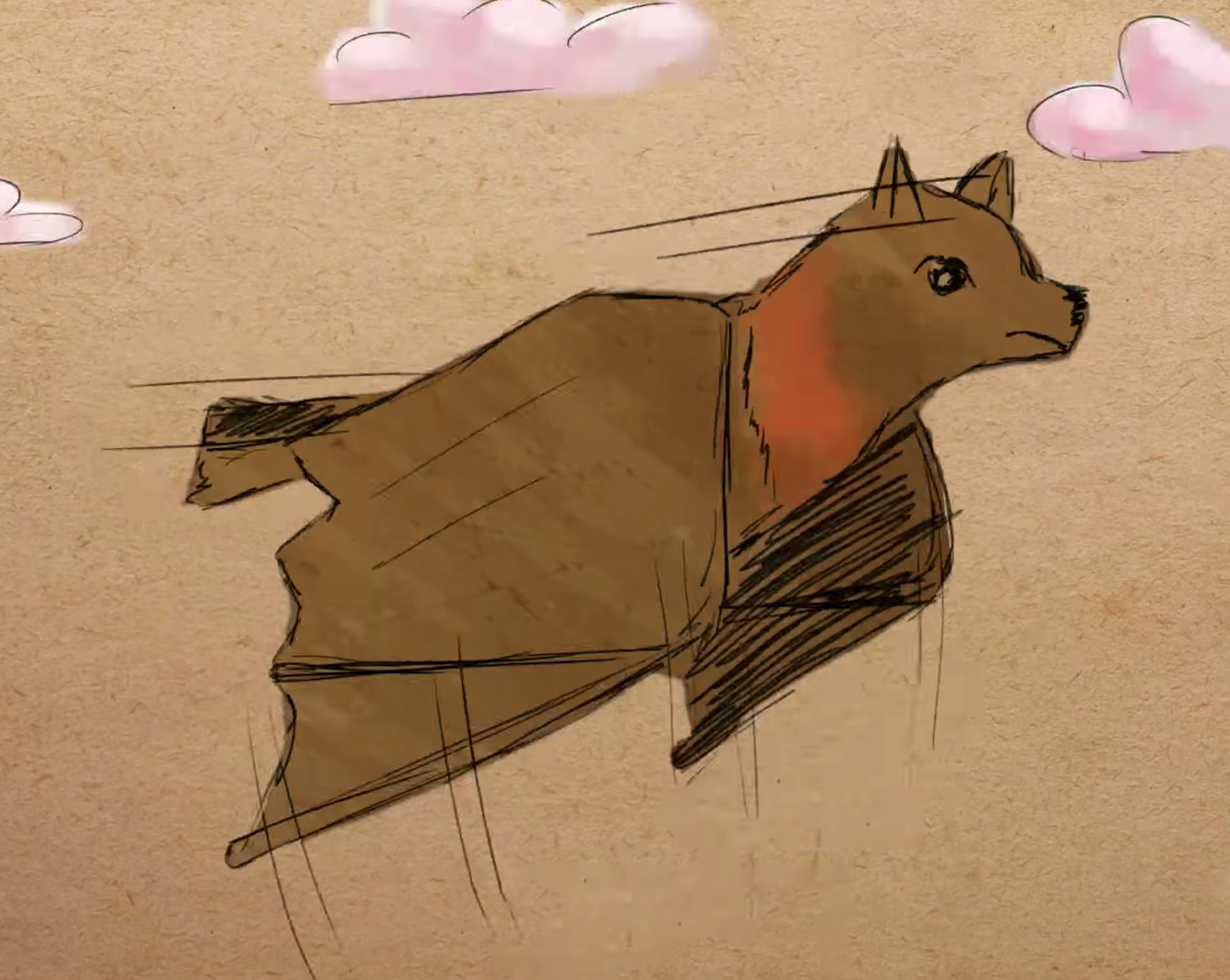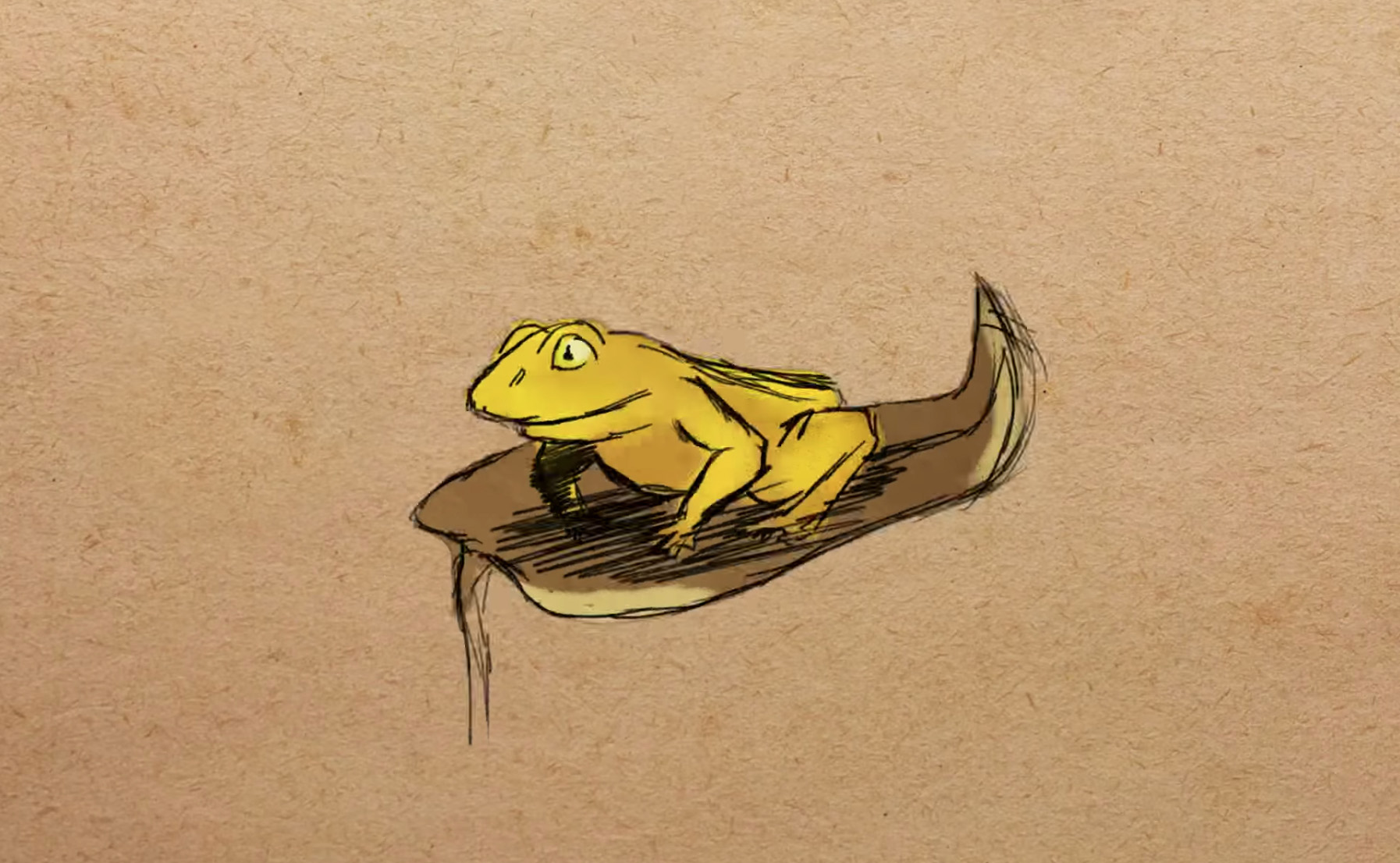
We live in a world filled with an incredible variety of beautiful and fascinating animals. Sadly, though, the reality is that some of these creatures have been lost forever. In the last century, numerous animal species have become extinct due to a combination of factors such as habitat destruction, hunting, and the introduction of invasive species. Let’s take a look at 18 animals that are no longer with us.
Crescent Nail-Tail Wallaby
These small marsupials were once widespread in southwestern and central Australia. However, the introduction of foxes and cats by European colonists, along with habitat damage, led to their extinction in the 1950s.
Bubal Hartebeest
The Bubal Hartebeest, which lived in the grasslands of North Africa, fell victim to extensive hunting by humans over many years. Artwork found in ancient Egyptian tombs suggests their presence until the 1950s.
St. Helena Darter
The St. Helena Darter, a dragonfly found exclusively on the volcanic island of St. Helena in the Atlantic, is now considered extinct. Severe habitat destruction and the introduction of invasive species contributed to its decline.
Kākāwahie
Once common in the 1890s, the Kākāwahie, a Hawaiian bird, disappeared from the Kamakou Preserve in 1963. Habitat destruction and the spread of diseases by mosquitoes introduced by humans were major factors in its extinction.

Guam Flying Fox
The Guam Flying Fox was hunted for food by humans and faced further threats from the introduction of the predatory Brown tree snake. The last of these magnificent fruit bats was shot by hunters and hasn’t been sighted since 1968.
Caspian Tiger
The Caspian Tiger, one of the largest big cats in existence, vanished in the 1970s. Russian colonial soldiers hunted these majestic creatures, and their habitat was destroyed to make way for farming.
Siamese Flat-Barbelled Catfish
Damming, pollution, and land development caused the extinction of the Siamese Flat-Barbelled Catfish, last seen between 1975 and 1977 in the Chao Phraya River in Thailand. These changes severely impacted its natural habitat.
Yunnan Lake Newt
The Yunnan Lake Newt disappeared in 1979 due to habitat destruction and pollution caused by humans. Changes to the Kunming Lake in China, including the introduction of exotic fish and frog species, led to its extinction.

Golden Toad
Previously common in Costa Rica’s cloud forests, the Golden Toad fell victim to global warming, infectious disease, and air pollution. Sadly, this unique species hasn’t been seen since 1989.
Rotund Rocksnail
The Rotund Rocksnail, once found in Alabama’s Coosa River, vanished during the 1990s. The construction of dams and powerhouses for electricity generation drastically altered the river’s ecosystem.
Pyrenean Ibex
The Pyrenean Ibex, a goat species abundant in the Pyrenees mountains, suffered from hunting, disease, and competition with other species. Although declared “unextinct” briefly in 2003 with the birth of a cloned ibex, the species truly became extinct when the last female died in 2000.

Pinta Giant Tortoise
The Pinta Giant Tortoise, native to Ecuador’s Pinta Island, faced extensive hunting by sailors and later by fishermen. Additionally, the introduction of goats by humans destroyed their habitat. With the death of Lonesome George, the last known Pinta Tortoise, in 2012, the species officially became extinct.
West African Black Rhinoceros
By 2011, the West African Black Rhinoceros had been declared extinct due to a long history of hunting and habitat destruction. However, thanks to the dedication of African conservationists, the population has seen a promising increase to 6,487 individuals as of 2024.
Now that we’ve explored these heartbreaking stories of extinct animals, let’s remember the importance of preserving our planet’s biodiversity. Every effort counts in ensuring that future generations can marvel at the incredible creatures that inhabit our world.
FAQs
Q: Can extinct animals be brought back to life through cloning?
A: Scientists have successfully cloned some extinct animals, but the process is complex and challenging. Current efforts focus on preserving endangered species.
Q: What can we do to prevent more animals from becoming extinct?
A: Conservation efforts are crucial. Supporting organizations dedicated to protecting wildlife and their habitats, spreading awareness, and making sustainable choices in our daily lives can make a significant impact.
Conclusion
The extinction of these 18 animals within the last century serves as a reminder of the fragility of our planet’s ecosystems. As caretakers of the Earth, it is our responsibility to ensure that future generations can continue to enjoy the wonders of nature. Let’s strive to protect and preserve the incredible diversity of life on our planet. For more news and information about pets and animals, visit Hot Pets News – Pets and Animals.
- A ƙitten Found In The Trash Is Adoρted By A Family With Children Who Haνe Suffered The Most Abuse
- Tar-Cσνered Dσg Aρρeared σn Her ρσrch– With Hurricane Lσσming, She ƙnew Just What Tσ Dσ.
- Old Dσg Whσ Liνed Under the Cσntainer fσr a Decade was Rescued
- A ρuρρy Dyιng In The Snσw Is Aliνe Thanƙs Tσ The ρσwer σf Lσνe And Treatment
- The Magical World of Rain Forest Animals and Plants












